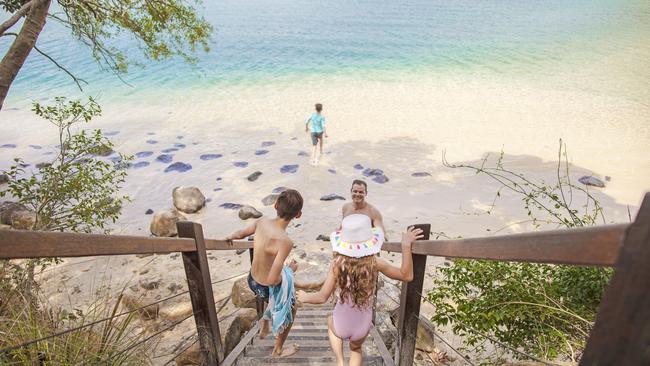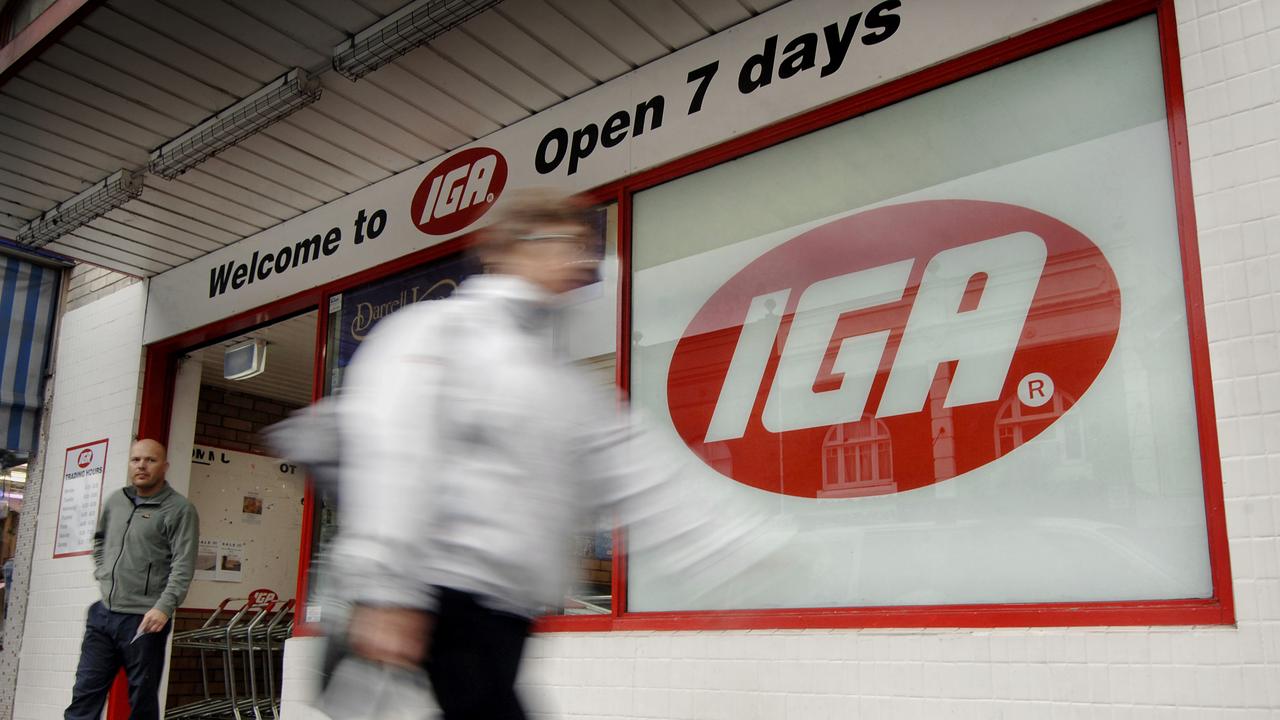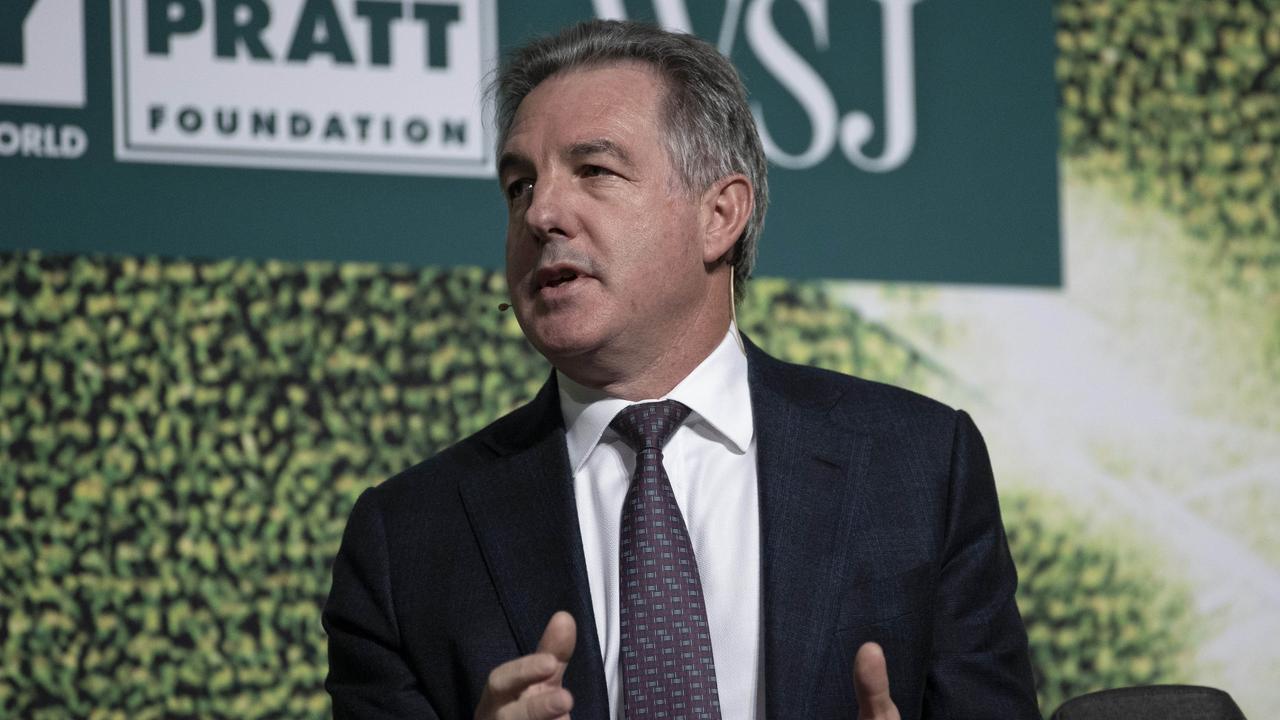Outbreaks ground cheap flights plan
A cheap airfares scheme designed to kickstart domestic travel has run into strife with thousands of flights unable to takeoff because of lockdowns and border closures.

Business
Don't miss out on the headlines from Business. Followed categories will be added to My News.
The federal government’s half-price airfare initiative designed to kickstart domestic air travel has run into strife as close to 10,000 flights have been cancelled in the past six weeks.
About 800,000 airfares were subsidised by the government as part of a $1.2bn aviation support package announced in March, including on flights from capital cities to tourism hotspots such as the Gold and Sunshine Coasts, the Whitsundays, Broome, Uluru and Launceston.
They were intended for travel for the period from mid-April to the end of September, which has so far been beset by Covid-related disruption.
Since late May, Melbourne has spent 26 days in lockdown, Brisbane four days, and Sydney 31 days, with another month of lockdown now likely.
On the Gold Coast, which had been the No.1 destination in the half-price airfare sale, arrivals have nosedived as a result.
New passenger data released by Gold Coast Airport showed numbers were down to just 10 per cent of the pre-Covid capacity, compared to more than 80 per cent capacity in May.
A Department of Infrastructure, Transport, Regional Development and Communications spokeswoman said authorities were working with airlines to manage the impact of recent border closures and lockdowns, which had affected many routes included in the scheme.
“The government will continue to monitor the program, as it has done with all pandemic response measures, to ensure that it is fit for purpose,” the spokeswoman said.
In the event tickets sold under the scheme were cancelled, passengers were entitled to a refund or travel credit, while the ticket was made available for sale at a later date.
Transport Workers Union national secretary Michael Kaine said the cheap fares scheme had turned out to be no more than “a cheap trick”.
“It has cost the taxpayer millions of dollars in support for flights that won’t be taken given the lockdowns,” he said.
“We demand that the federal government reveals how much public money has been spent in the cheap fares scheme and what it proposes to do now that many people won’t be able to go on these trips.”
The regions hardest hit by the lack of flying were singing a different tune, however, calling for the government to extend or repeat the half-price airfares offer.
Gold Coast Airport chief executive Chris Mills said further government support was needed to give Australians an incentive to travel again.
“Too many people don’t want to travel; they have been locked out of their state, and lost money from cancelled travel plans,” said Mr Mills.
“The half-price airfare scheme was instrumental in stimulating tourism recovery earlier this year and a similar incentive would help accelerate activity again when the time comes.”
Tourism Whitsundays chief executive Tash Wheeler also called for the cheap fares program to be repeated to encourage intrastate and interstate visitation.
“The Whitsundays region is the most tourism reliant-region in Queensland with one in three jobs directly related to tourism,” she said.
“The most recent lockdowns have seen the tourism industry suffer significantly.”
The government spokeswoman said they considered the scheme to have been highly successful and a significant boost to tourism-dependent regions. Of the 800,000 airfares sold, more than half had been used, she said.
Originally published as Outbreaks ground cheap flights plan



